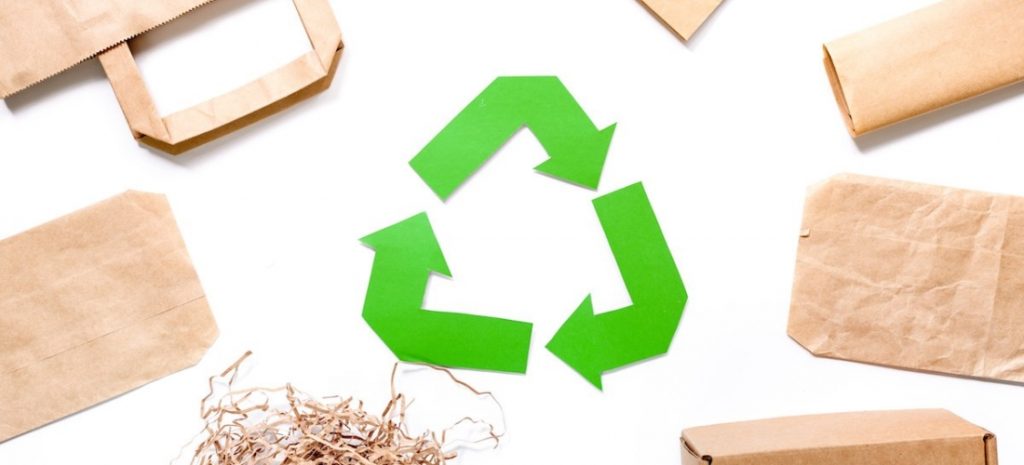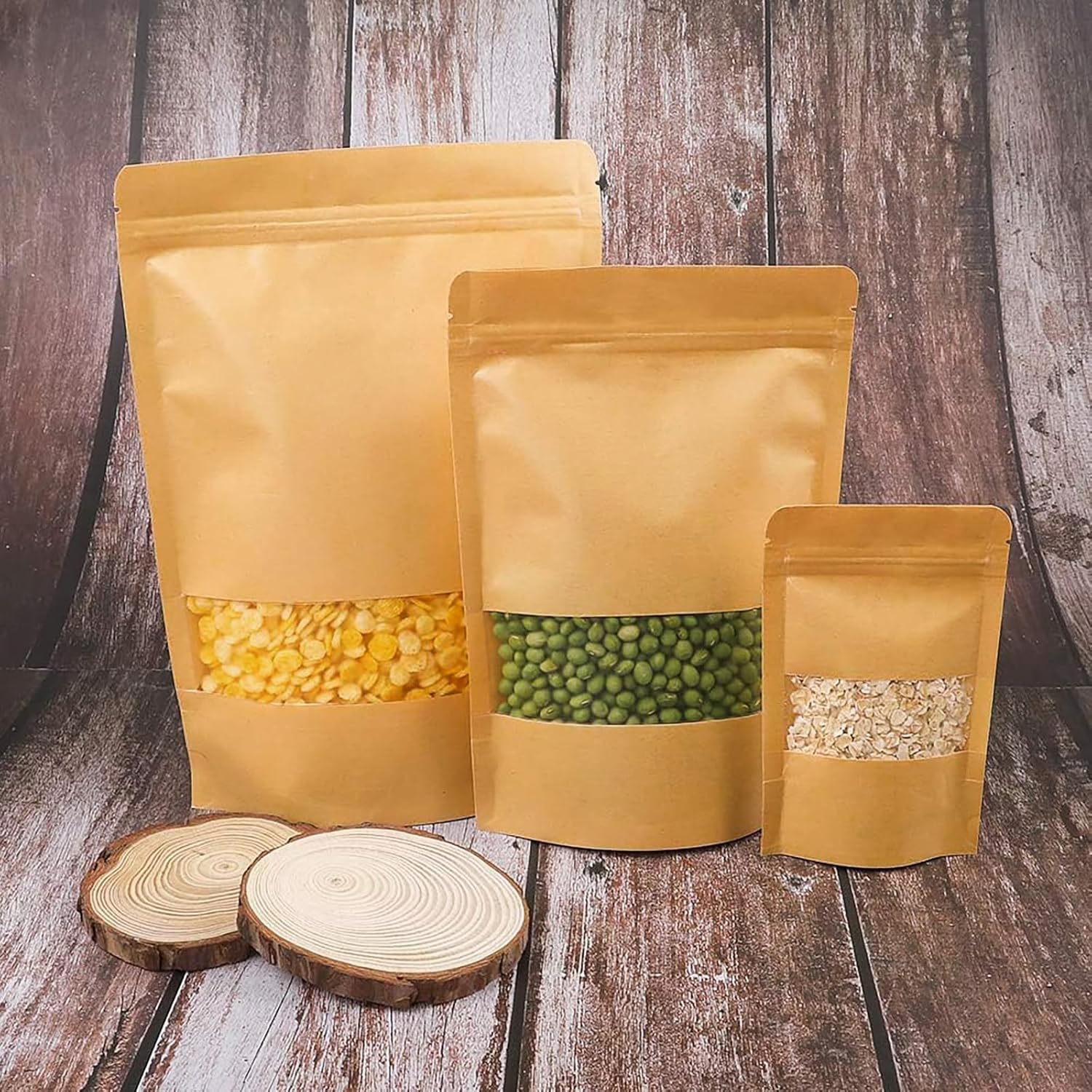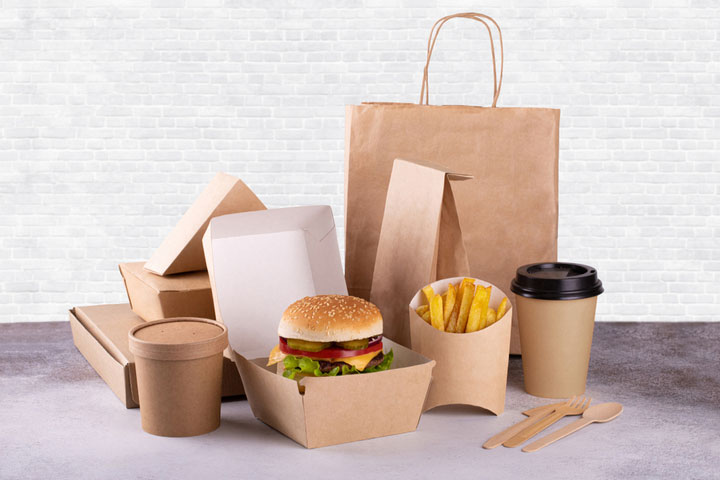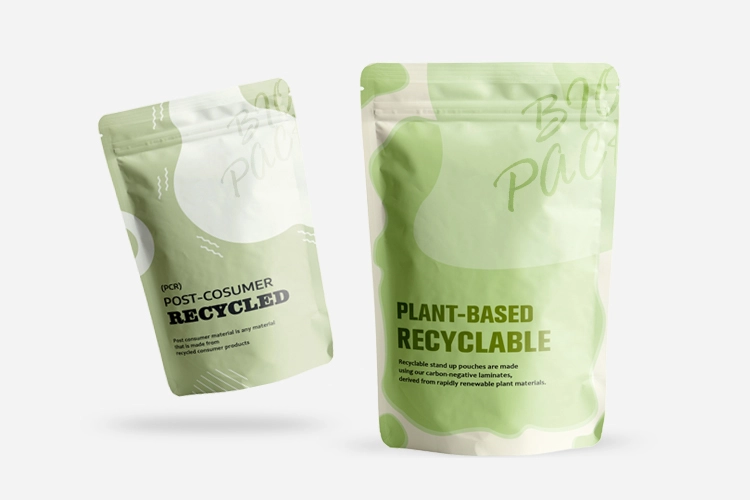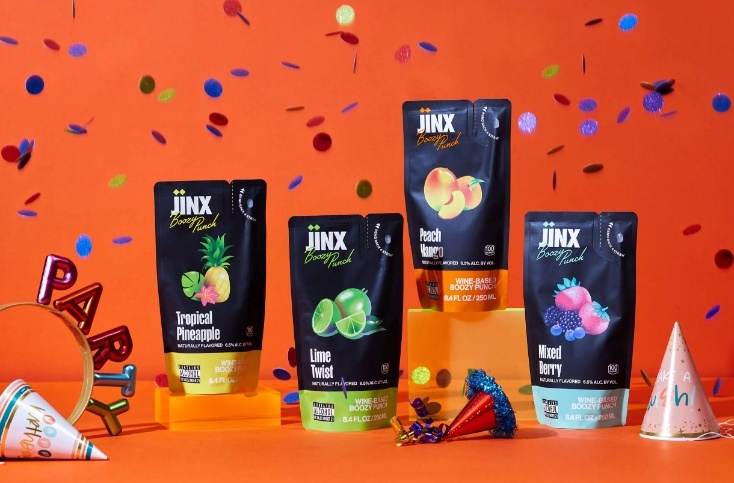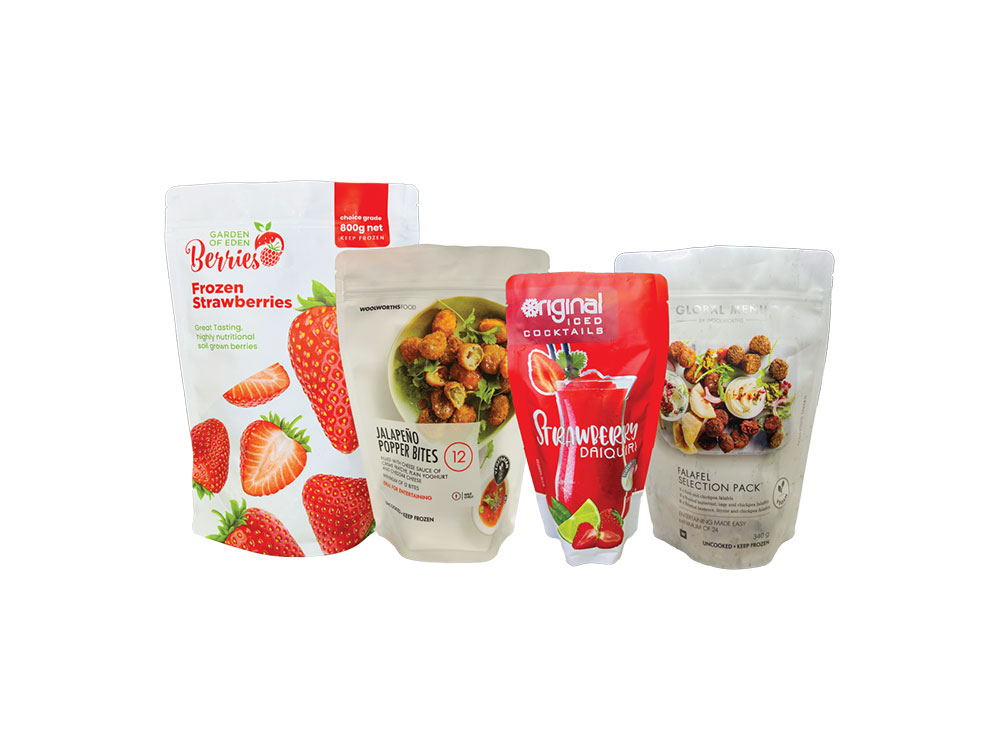In today’s world, sustainable packaging is no longer just a buzzword, but has come into practice. Consumers of today are more eco-sensitively aware than ever in history, and businesses have buckled themselves up. Due to the rising waste and pollution, the packaging industry shifted to decrease environmental impacts with various alternatives for conventional packaging, one of which is compostable packaging. But first, why is sustainable packaging so important?
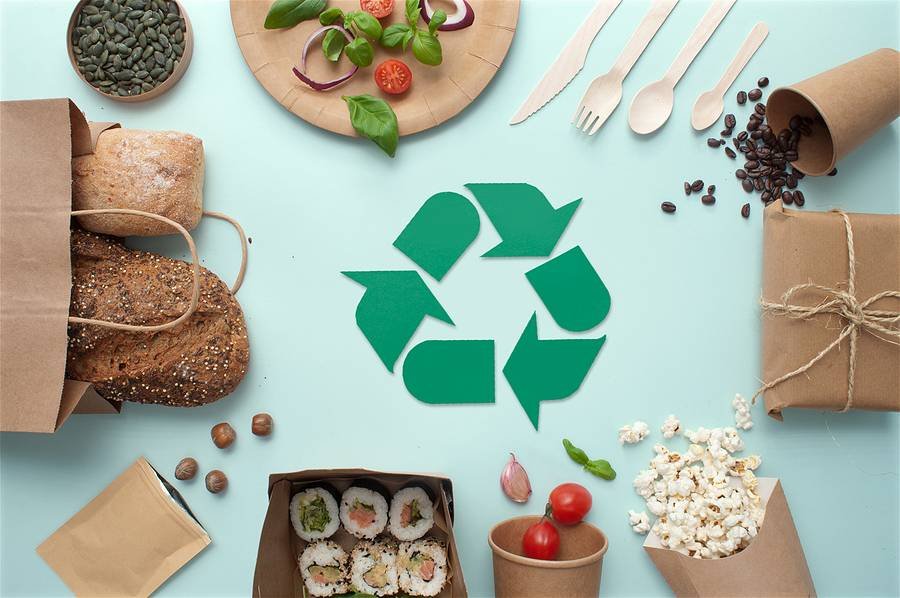
The Growing Need for Sustainable Packaging
A great quantity of refuse results annually from the global packaging industry. According to different studies, packaging waste consists of almost 40% of total plastic waste worldwide. Traditional packaging materials, such as plastic, take several hundred years to decompose and are a critical source of various environmental issues, including ocean pollution, landfill overflow, and resource depletion.
In contrast, sustainable packaging is made from renewable feedstock with reduced waste and more recyclable, compostable, and reusable options to lessen environmental impact. Examples would include biodegradable materials, recyclable materials, and compostable materials that could pave the way toward sustainability.
Compostable Packaging
Of all the innovations within sustainable packaging, probably the most exciting is compostable packaging. Unlike traditional plastic, which takes hundreds of years to break down in a landfill, compostable packaging consists of organic materials that start to break down naturally when exposed to elements such as heat, moisture, and oxygen. The resulting product leaves behind nutrient-rich compost, ready for use on soil to enrich it further.
Compostable packaging is manufactured from renewable plant-based raw materials like corn starch, sugarcane, and bamboo. These are more eco-friendly compared to petroleum-based plastics. Since these materials decompose into organic elements within months, they do not emit toxic substances into the ecosystem, unlike plastics, which over time may lead to dangerous chemicals leaching into the system.
Sustainable Packaging Benefits
Switching to sustainable packaging is not just about reducing waste—it brings numerous benefits to businesses, consumers, and the planet. Among the many advantages, here are a few important ones:
1. Reduced Environmental Impact
The most obvious benefit of sustainable packaging is the significant reduction in environmental harm. Materials like compostable packaging degrade at a very fast and natural rate, preventing harmful buildup in landfills and oceans. Using renewable materials in packaging helps preserve valuable resources and reduces the need for petroleum-based plastics. In fact, it takes significantly less energy to produce compostable packaging than traditional plastic, which relies on fossil fuels.
2. Better Brand Image and Consumer Trust
Consumers today are increasingly loyal to brands that prioritize sustainability. Research has shown that 75% of consumers are willing to pay a higher price for products that are packaged sustainably. Companies that want to strengthen their reputation and appeal to environmentally conscious consumers will attract better customer relations and solidify stronger connections. Offering eco-friendly packaging signals that your company takes the protection of the Earth seriously, allowing your brand to stand out in competitive markets.
3. Conformity to Regulations and Standards
Governments worldwide are setting up strict regulations concerning packaging waste and plastic pollution. For example, the European Union has laid down regulations to reduce single-use plastics, encouraging companies to use compostable packaging. By using sustainable packaging, businesses can comply with such regulations, avoid fines, and stay ahead in fast-moving marketplaces.
4. Carbon Footprint Reduction
Traditional packaging materials, particularly plastics, are carbon-intensive to produce. The extraction, refining, and manufacturing of plastic products emit greenhouse gases, contributing to climate change. On the other hand, sustainable packaging typically has a lower carbon footprint. Compostable packaging can be made from renewable resources that naturally absorb carbon dioxide while growing—offsetting the emissions associated with their production. This leads to a reduction in overall emissions and contributes to mitigating global climate change.
5. Minimizing Waste and a Circular Economy
One of the major problems with conventional packaging is that it often ends up in landfills, taking hundreds of years to break down. Compostable packaging, however, degrades naturally and returns valuable nutrients to the soil. This is part of the idea of the circular economy—where products are designed to be reused or safely decomposed at the end of their life cycle. This system reduces waste, conserves natural resources, and helps clean up the environment. Compostable packaging enables both consumers and businesses to contribute to a more circular economy that is more environmentally friendly.
6. Cost-Effective Long-Term
Though sustainable packaging materials are sometimes more expensive than traditional packaging, they can save businesses money over time. Companies with sustainable packaging could see increased sales and repeat customers as more consumers demand greener products. Furthermore, as production methods for compostable packaging continue to improve and scale, costs will continue to decrease, making sustainable packaging more accessible.
How to Make the Switch to Sustainable Packaging
Switching to sustainable packaging doesn’t have to be intimidating. Here are some tangible steps businesses can take:
- Assess Your Current Packaging: Look at your existing packaging and identify areas for improvement. Are you using single-use plastic? Can your packaging be recycled or composted? Start by swapping plastic for compostable packaging when possible.
- Explore Alternatives: There are various sustainable materials to choose from, such as compostable bioplastics, recycled cardboard, and glass. Research which options best fit your product and brand.
- Partner with Environmentally Responsible Suppliers: Work with packaging manufacturers who specialize in sustainable options. Look for suppliers who offer compostable packaging and other eco-friendly materials.
- Educate Your Customers: Once you make the switch, let your customers know. Highlight the environmental benefits of your packaging choices through marketing campaigns, on your website, and on product labels.
- Commit to Continuous Improvement: Sustainable packaging is a rapidly evolving field. Keep an eye on new materials and packaging solutions that align with your environmental goals.
The value of sustainable packaging is undeniable. It reduces waste, saves natural resources, and reduces carbon footprints, while helping to build a circular economy in the process. Compostable packaging provides businesses with a reason to replace traditional plastic options in a more ecologically-friendly manner—giving consumers an improved brand image and earning trust along the way.
By making the switch to sustainable packaging, you’re not just making a responsible choice for the environment—you’re also positioning your brand as a forward-thinking leader in an increasingly eco-conscious market. The time to act is now, and every small step counts. Let’s move towards a more sustainable future—one package at a time.
